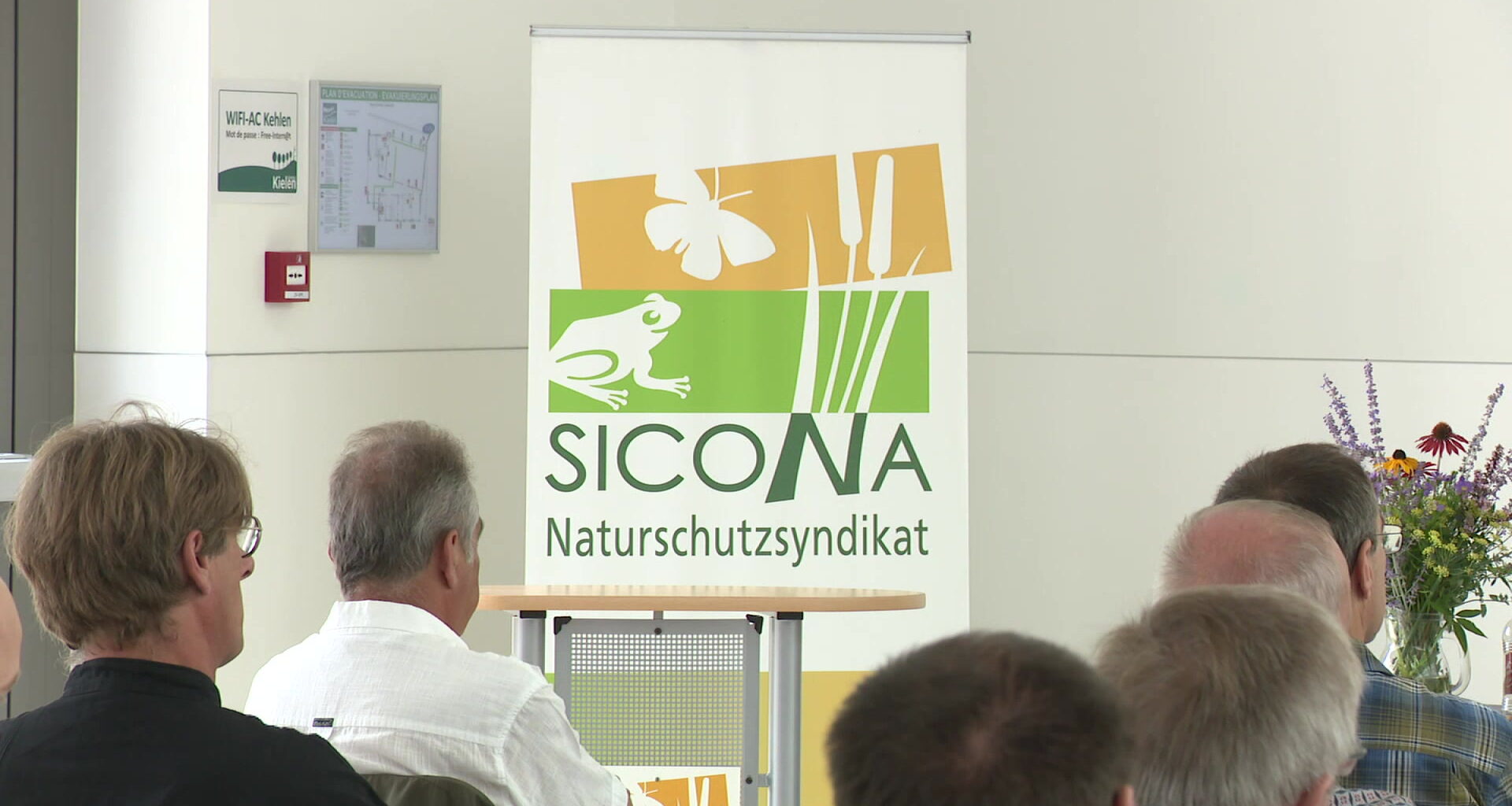Luxembourg’s inter-municipal nature conservation group SICONA is working to restore biodiversity by transferring native seeds to meadows across the country, aiming to preserve rare wildflower habitats with long-term support from the government’s climate and biodiversity initiatives.
Wildflower meadows full of colour and diversity are becoming increasingly rare in Luxembourg – but efforts are now underway to reverse that trend.
RTL visited one of SICONA’s projects in Mamer to find out more about this initiative.
Species-rich meadows are among the most important habitats for biodiversity, yet they are disappearing at an alarming rate. As plant species are lost, it becomes harder for such meadows to regenerate naturally. To counter this, SICONA is focusing on rewilding more meadows by transferring native seeds directly from one site to another.
There are several methods for doing this, including “hay transfer” and the use of seed harvesters. In the case of rare plants, special measures are applied. According to Dr Simone Schneider, head of SICONA’s scientific department, these restoration efforts are generally a one-time intervention – provided the site is well-prepared.
She explained that if the soil nutrient levels are appropriate and the land is managed extensively, meaning no fertilisers or pesticides are used, then just one seed transfer is often enough. Over time, the native species will take hold and establish themselves permanently, making repeated interventions unnecessary.
Importantly, Schneider added that the source meadow isn’t damaged during the process. She noted that only a portion of the area is harvested, and it’s done just once. The following year, the farmer can return to using the full meadow for hay production. She added that SICONA might come back in three or four years, but that even then, plenty of seeds would remain in the soil, so they would only ever take a fraction – enough to ensure the biodiversity remains intact.
Together with the Ministry of the Environment, SICONA has developed a national grassland strategy for the period 2020 to 2030. One of the key targets is to bring around 13,000 hectares of meadow under biodiversity programmes by 2030. At present, around 9,000 hectares have been included.
To encourage more participation, the government recently launched a new climate bonus scheme called Marsh and Meadow (‘Mouer a Wiss’). According to Serge Wilmes, Minister for the Environment, Climate and Biodiversity, the goal is to get everyone involved in the journey toward climate neutrality.
He stressed that nature provides countless benefits – purifying air and water, storing CO₂, and producing oxygen – and it’s time to properly acknowledge that. Although it’s too early for hard data, he expressed confidence that the new scheme would be a success. He further explained that this is the direction the government would like to move in – with guidance, advice, and financial support, emphasising the need to care for climate, environment, and nature as a collective responsibility.
Farmers may still use the meadows for agricultural purposes, but only under eco-friendly conditions – that means no use of fertilisers or pesticides.
